Fossilized remains of a never-before-seen armored cat-sized dinosaur with a row of protective spines extending from its neck to its tail have been discovered in Argentina
- The discovery of the remains of an unprecedented armored dinosaur in Argentina
- Experts say the species Jakapil kaniukura looks like a primitive relative of Stegosaurus
- It weighed like a domestic cat and likely reached about 5 feet (1.5 metres) in length.
- It may represent a breed of armored dinosaur that was not previously known to science
The fossilized remains of a never-before-seen armored dinosaur the size of a domestic cat have been discovered in Argentina.
Paleontologists say the Jakapil kaniukura looks like a primitive relative of Ankylosaurus or Stegosaurus and may represent an entire lineage of species previously unknown to science.
It dates back to the Cretaceous period and lived between 97 million and 94 million years ago.
J. kaniukura had a row of protective spines running from its neck to its tail, experts said, and it likely reached about 5 feet (1.5 m) in length.
It was a herbivore—with leaf-shaped teeth similar to that of a stegosaurus—that likely walked upright and possessed a short beak capable of delivering a powerful bite.
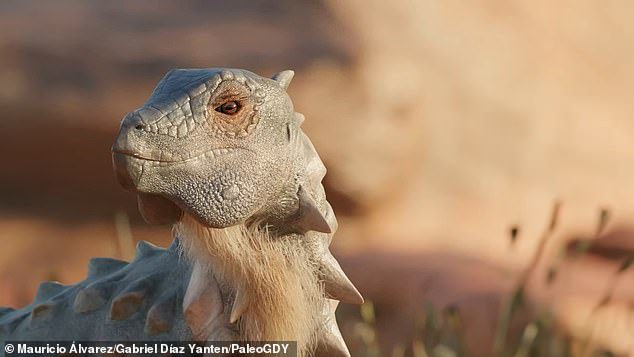
New discovery: The fossilized remains of an never-before-seen armored dinosaur the size of a domestic cat have been discovered in Argentina. Computer simulations brought the new species Jakapil kaniukura to life (pictured)
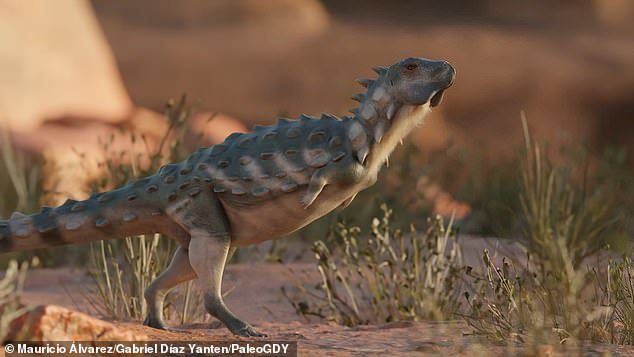
Paleontologists say Jakapil kaniukura looks like a primitive relative of Ankylosaurus or Stegosaurus and may represent an entire lineage of species previously unknown to science.
This species may have been able to eat tough, woody plants, according to paleontologists at the Félix de Azara Foundation for Natural History in Argentina.
The partial skeleton of a dinosaur was discovered in the province of Río Negro in northern Patagonia.
It joins Stegosaurus, Ankylosaurus, and other armor-backed dinosaurs in a group called the Thyreophora.
Most of the thyrofurans are known in the Northern Hemisphere.
Fossils from the oldest members of this group also date more commonly to the Jurassic period, about 201 million years ago to 163 million years ago.
J. kaniukura’s discovery shows that early thyrophorans had a much wider geographic distribution than previously thought, paleontologists Facundo J. Riguetti, Sebastián Apesteguía and Xabier Pereda-Suberbiola write in the new paper.
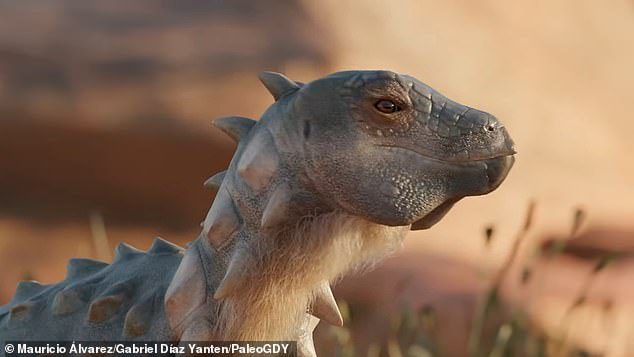
The partial skeleton of a dinosaur was discovered in the province of Río Negro in northern Patagonia
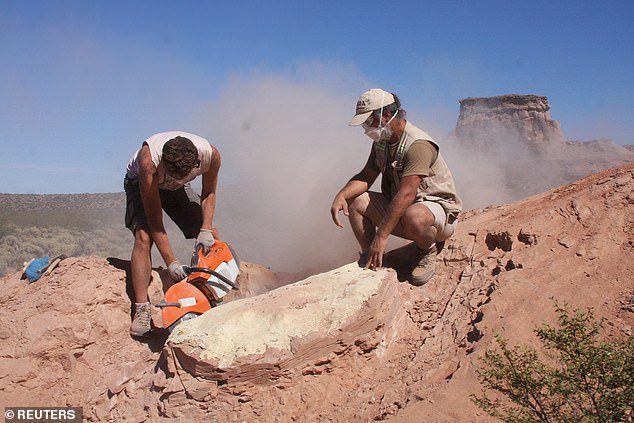
It dates back to the Cretaceous period and lived between 97 million and 94 million years ago
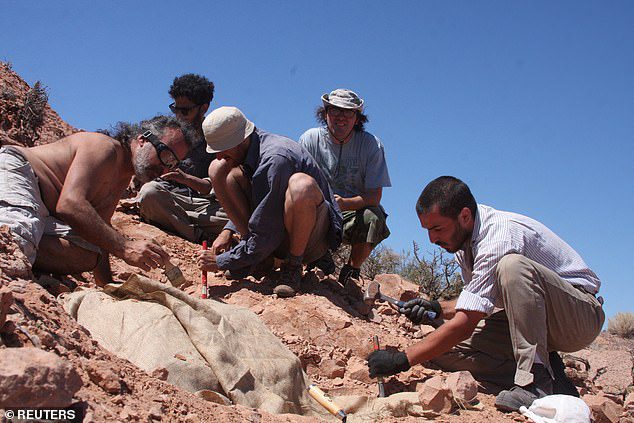
Fossils from the oldest members of this group also date more commonly to the Jurassic period, about 201 million years ago to 163 million years ago.
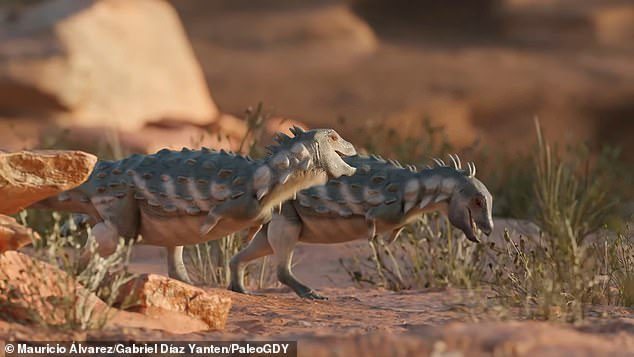
The dinosaur was a herbivore – it had leaf-shaped teeth similar to those of a stegosaurus – it probably walked upright and had a short beak capable of delivering a powerful bite.
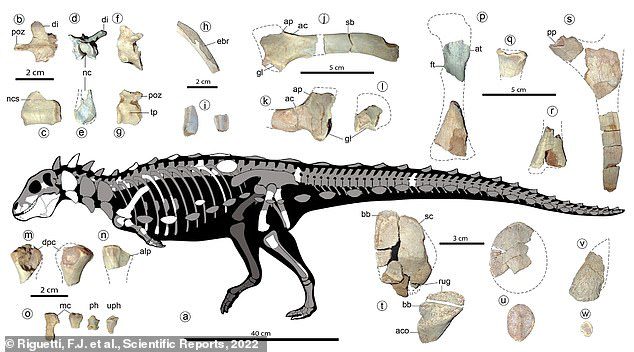
It joins Stegosaurus, Ankylosaurus, and other armor-backed dinosaurs in a group called Thyreophora.
It was also surprising, they added, that this ancient strain of therofuran survived all the way into the late Cretaceous period of South America.
In the Northern Hemisphere, this ancient species of thyrophoran appears to have been mostly extinct by the Middle Jurassic.
But in the southern subcontinent Gondwana, it seems, they survived well into the Cretaceous period.
Some therophorans survived much later—including Ankylosaurus, which went extinct along with the rest of the non-avian dinosaurs 66 million years ago.
A computer simulation from Gabriel Diaz Yanten, an ancient Chilean artist and paleontology student at the National University of Rio Negro, brought the new species back to life.
It shows what it might look like when it walked on the ground.
This discovery was revealed in a journal called Scientific Reports.

“Beer aficionado. Gamer. Alcohol fanatic. Evil food trailblazer. Avid bacon maven.”

